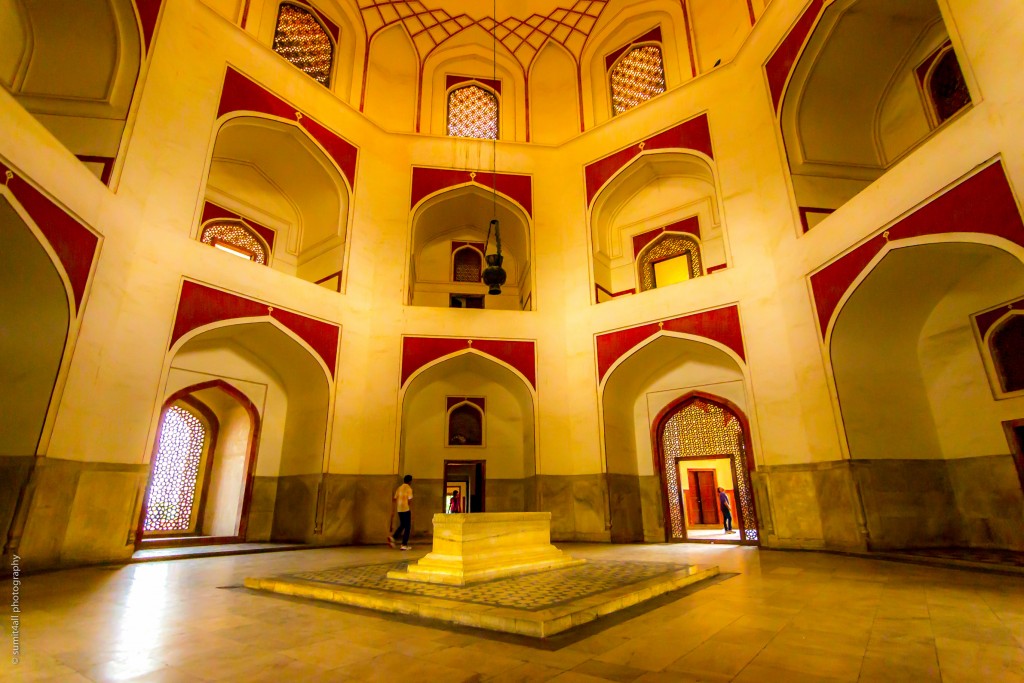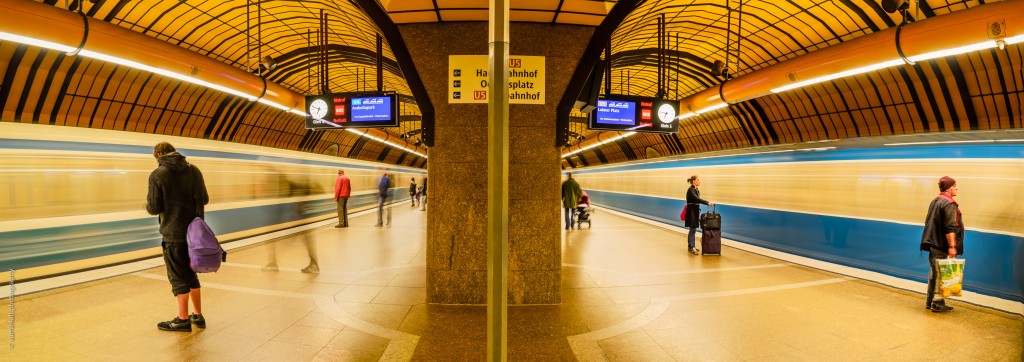‘Post Processing’ has become a cursed word in photography today. If you happen to capture and create great images regularly and use photoshop (and other related tools) to post process an image, your immediate worth as a photographer seems to reduce in the eyes of your audience. Because so much is possible with today’s tools and everyone has seen examples of morphed images, tools like Photoshop are known more for their notorious uses rather than being seen as an additional creative tool in the hands of the photographer.
Understanding RAW Images
Whenever any digital camera, be it a smartphone or a DSLR captures an image, it is only capturing light on a sensor and recording that information in the form of pixels. This set of pixels has a huge amount of data (about colors, tonal ranges, exposure, etc) with them and they together form what is called a RAW image. Every camera captures a RAW image, be it a smartphone or a point and shoot or a DSLR. Small cameras like smartphones and point and shoots will then process the RAW image in the camera itself and transform it into a JPEG file and store it in the camera’s memory card, deleting the original RAW image. The processing that the camera does depends on the chip of the camera (if it is shot in AUTO mode) or you can provide some inputs to the camera by selecting a scene mode like landscape, portrait, sports, etc.
Since smartphones and point and shoots are only for casual users and have limited memory, the actual RAW files are deleted and never available to the user. All DSLR cameras (and some advanced point and shoots) have the option to actually save the RAW files themselves so that the photographer himself can then transform it into the final JPEG file based on how he or she wants to apply his creative vision. Most photographers use the RAW mode for their professional shoots to get the most control over the final output.

Grave Inside the Humayus Tomb – This image would not have been possible without the RAW image capture
Extreme Post Processing
The color temperature of the image, opening up highlights and shadows, adjusting the saturation and contrast of the image are some of the things that are only possible via the RAW format. When a photographer post-process his or her RAW images to produce the final output, i.e., the JPEG image, what he/she is doing is exercising complete control over the process of creating the final image. However, many photographers shoot in RAW mode only when they know it will be absolutely essential for creating the image they want, and not otherwise.
The above mentioned step of processing a RAW image is very simple and doesn’t even require tools like Photoshop. But with the advent of Photoshop and other such tools, extreme post processing and image manipulation is possible. Where to draw the line is something that each artist has to decide for himself, as what might be ok and acceptable for one person might not be ok for another. My belief is that as long as the artist is honest about the post processing he has done and communicates that to his audience, all is ok and the audience can then decide for themselves.

Work of Alan Lawrence
For example, Utah based photographer Alan Lawrence makes his son fly in his photographs which is clearly image manipulation using photoshop. But as long as he is honest about his work and doesn’t claim that his son can fly, I think he has every right to use photoshop as a creative tool to create the kind of the work he wants to produce. See his work on http://thatdadblog.com/
Conclusion
I personally prefer to do as little image manipulation after the image has been processed so that I can spend more time on shooting the images and less on processing them on the computer. I prefer to change the settings in camera to get the right shot rather than trying to adjusting the composition, color and contrast levels later on. Being more conscious while shooting saves me hours of post processing time. I currently spend around 10 minutes per photo on the computer when I shoot in RAW and much less when I shoot in JPEG, but I know some people who would spend over 10 hours processing their best images. If that is something that works for them, it is perfectly ok, but I personally would rather shoot more with the camera in my hand rather than spend time on the computer.

This is a long exposure Panorama shot which involved some post processing using Lightroom and Photoshop, but I don’t think it alters reality and expresses very well the feeling of being in this beautiful Metro Station in Munich
